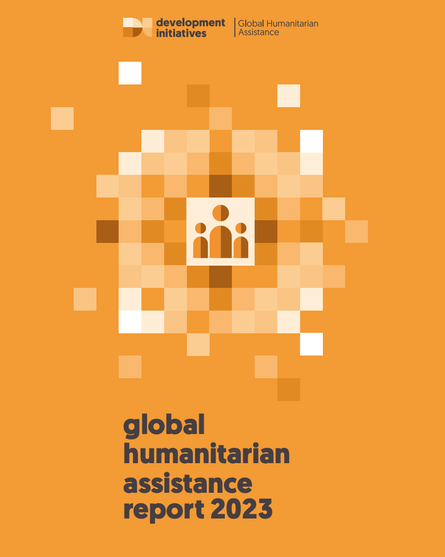
The annual Global Humanitarian Assistance (GHA) report comprehensively assesses international financing at work in humanitarian situations since 2000.
In 2022, the demand for humanitarian assistance grew larger than ever. There was an exceptional donor response to the unprecedented increase in the number of people in need – driven largely by the war in Ukraine as well as worsening crises in Afghanistan and the Horn of Africa. Yet the scale of need meant the shortfall in humanitarian funding reached a record high. There is a growing number of complex, long-term crises. And the pressure placed on the humanitarian system to respond is only set to increase in 2023. This strain is being driven by continued system-wide shocks, including climate change and the war in Ukraine, and new and escalating crises, such as the devastating earthquakes in Türkiye and Syria and the worsening conflict in Sudan.
The imperative for significant change to humanitarian funding and response – and to better address the long-term root causes of, and recovery from, crises – is obvious and recognised but more pressing than ever. What change needs to take place? In this report, we invite key leaders in the humanitarian sector to reflect on, and react to, our stark analysis and propose ways forward for change. Ideas to address the humanitarian financing gap include establishing humanitarian funding targets to encourage more equitable burden sharing and repositioning the narrative around humanitarian assistance as an investment in resilience, to widen the donor base. Other proposals focus on the need to doubledown efforts to reform the system, including the need to shift current business models to support greater local humanitarian leadership – for instance by identifying more effective local funding solutions such as locally managed global pooled funds.
Looking beyond humanitarian assistance, ideas for change reinforce the need to build the resilience of affected communities through long-term development strategies and mobilising funding for anticipatory action and additional climate finance, including through the new Loss and Damage Fund. Some proposals centre on the need to ensure access to flexible, multi-year funding, so that local organisations can increase preparedness to shocks and respond flexibly to the needs of their communities while maintaining a focus on building capacities to mitigate impacts of future crises.
This summary of the Global Humanitarian Assistance Report 2023 presents key findings about:
- Trends in humanitarian need and crisis in 2022
- Trends in humanitarian funding
- Progress made on commitments to a better humanitarian system, with a focus on locally-led action
- How resources beyond humanitarian funding – such as climate finance – could be used to address cycles of crises.